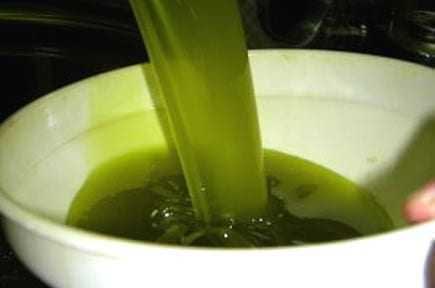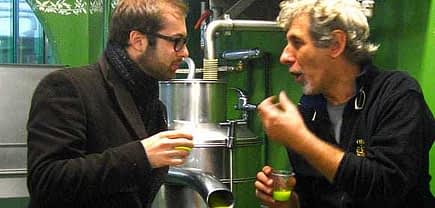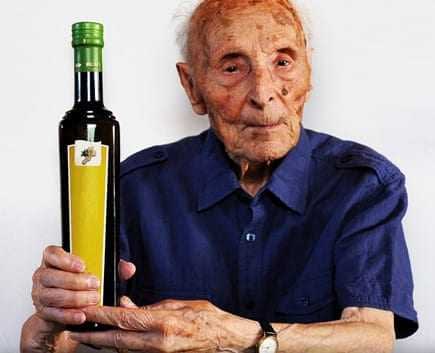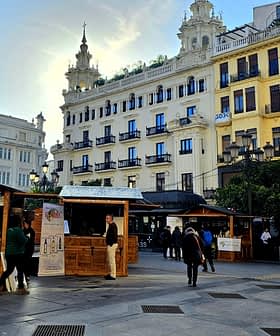
Eating a slice of rustic bread with a drizzle of freshly-milled olive oil is a centuries-old ritual that recurs every year in each of Italy’s regions at the start of the harvest.
From the beginning of October (or even as early as September as in some Southern regions) to late December, Italian farms and mills face a hectic work schedule, and there is no better way to soothe and relax at the end of the working day than with a simple yet delicious bite.
This year’s harvest in Italy seems to have started under a good omen. After a very hot and dry summer and some intense showers between September and October, the weather is now fair. Forecasters predict lower quantities compared to last year, yet olives of a very high quality. Below, a run-through early reports on the harvest season from different regions and producers, going from South to Northern Italy.
In Sicily, at the heart of the Mediterranean Sea, the new production was presented by Federdoc (Regional Federation of Consortia for the Protection of Controlled Denominations of Origin) during the “en primeur” olive oil event held in Trapani at mid October. Sicily is the third producing region in Italy following Tuscany and Apulia, representing 14 percent of the national production with its 1,500 tons and 6 POD consortia.
In Salento, the beautiful area of Apulia deep down the “boot,” the 2012 harvest data were presented during a press conference held by the Italian olive growers’ association Unaprol in Lecce on October 25th. The press conference was also the occasion to present the upcoming harvest of the “Queen” olive tree dedicated to Michelle Obama, and to demonstrate that it is quite possible to produce an excellent extra virgin olive oil from a 1,400 year-old olive tree.
In Calabria – the toe of Italy’s boot – the new edition of Primolio Fest has just started to celebrate the new extra virgin oil production with a number of activities going on up to December and a special testimonial: Salvatore Caruso, a 107 years old Calabrian who is living evidence of the positive effects of a healthy lifestyle and a diet with local products and plenty of extra virgin oil.
From Molise, a small region in Central Italy, where a few passionate extra virgin olive oil producers founded the Molisextra association, Francesco Travaglini writes about this year’s harvesting on his blog. Before the picking, he said, “this year the dry season was long and hard, so here in Molise we should have lower quantities compared to last year, expecting a loss of around 20 percent. But luckily enough we don’t have any sign of the olive fruit fly, and our olives are completely healthy. So we could expect a very balanced oil, even if with a mild fruity aroma.”
Now that the harvest has just come to an end, the results confirm his predictions. Thanks to summer-like weather in the first half of October the olive-picking was quick, and Travaglini’s 2012 il Tratturello is already bottled. The last tree to be harvested was the impressive Leone di Carpineto (Carpineto’s Lion), a 500 year-old tree that this year generously gave 240 kilos of Saligna di Larino olives resulting in 40 litres of a very special extra virgin olive oil.

Francesco Travaglini (OOT file photo)
In Umbria, the “green hearth of Italy,” where some of the best olive oils come from, the Gaudenzi family were among the first to start picking on the 5th October, sticking to family tradition despite the summer drought. The first oil to be pressed and bottled was the Quinta Luna, which was presented at Eataly Roma for a “preview tasting” on October 21. The other Gaudenzi labels followed, including the “6 Novembre,” the special olive oil in memory of Vincenzo Gaudenzi, the mill’s founder. The oil dedicated to Vincenzo’s memory changes every year according to what the family members consider the best expression of their production.
Given the different climate and geographic conditions, and the different habits and a taste for a more mature olive oil, in Liguria the olive-picking started later. In Badalucco, the Frantoio Roi, led by the Eataly consultant Franco Boeri Roi, only began harvesting on the 22nd October. The company press release reports “laden trees and no olive fruit fly” also thanks to the colder temperature of the last few days. So, from last week the mill was put to work, milling both their own olives and the ones brought in by other farmers. ”

Franco Boeri Roi (right) with Nicolas Coleman (OOT file photo)
“We are interested as usual,” said Franco Boeri Roi “to buy the best olives at higher prices than market.” The confidence was justified by the increase in Roi’s production and sales in 2012, when the new Cru Morga DOP Riviera Ligure joined the house Cru Gaaci and Riva Gianca among the other labels.









